Time famine : “a term that first emerged in the scientific literature around 1999, refers to the universal feeling of having too much to do but not enough time to deal with those demands.”
Managing a company’s IT System can add a lot of things to the “To Do” list , here’s 10 points we do for our managed customers on a Monthly Basis:
Deploy and Report on Windows Updates
Check AntiVirus for the previous Alert History
Check new Patches for Hardware, Drivers and Software Packages installed
Check SLA’s on Tickets that have been breached and find out why to stop this reoccurring
Check the Firewall and SOC Reports for any spurious Security activity
Check a Backup Restore ( A Backup is only as good as a Restore ! ) and check Backup report for the previous history
Renewals - Any Software Support or license renewals or Hardware coming out of Warranty
Check over the monitoring system and find out any frequent issues that can be automated
Check-in with Customer to make sure all is well and advice any new products which can help them streamline their workflow
Run over our Internal Best Practices for systems such as Microsoft Office 365 and Microsoft Azure to make sure costs are minimized and security is Paramount
We also do much more!
So if you are an Office Manager currently balancing two jobs such as IT Support , or an InHouse IT Support Person who needs to get back on top of IT Support Analysis and Project work , drop us a line today to see how we can make your Time Famine disappear!

